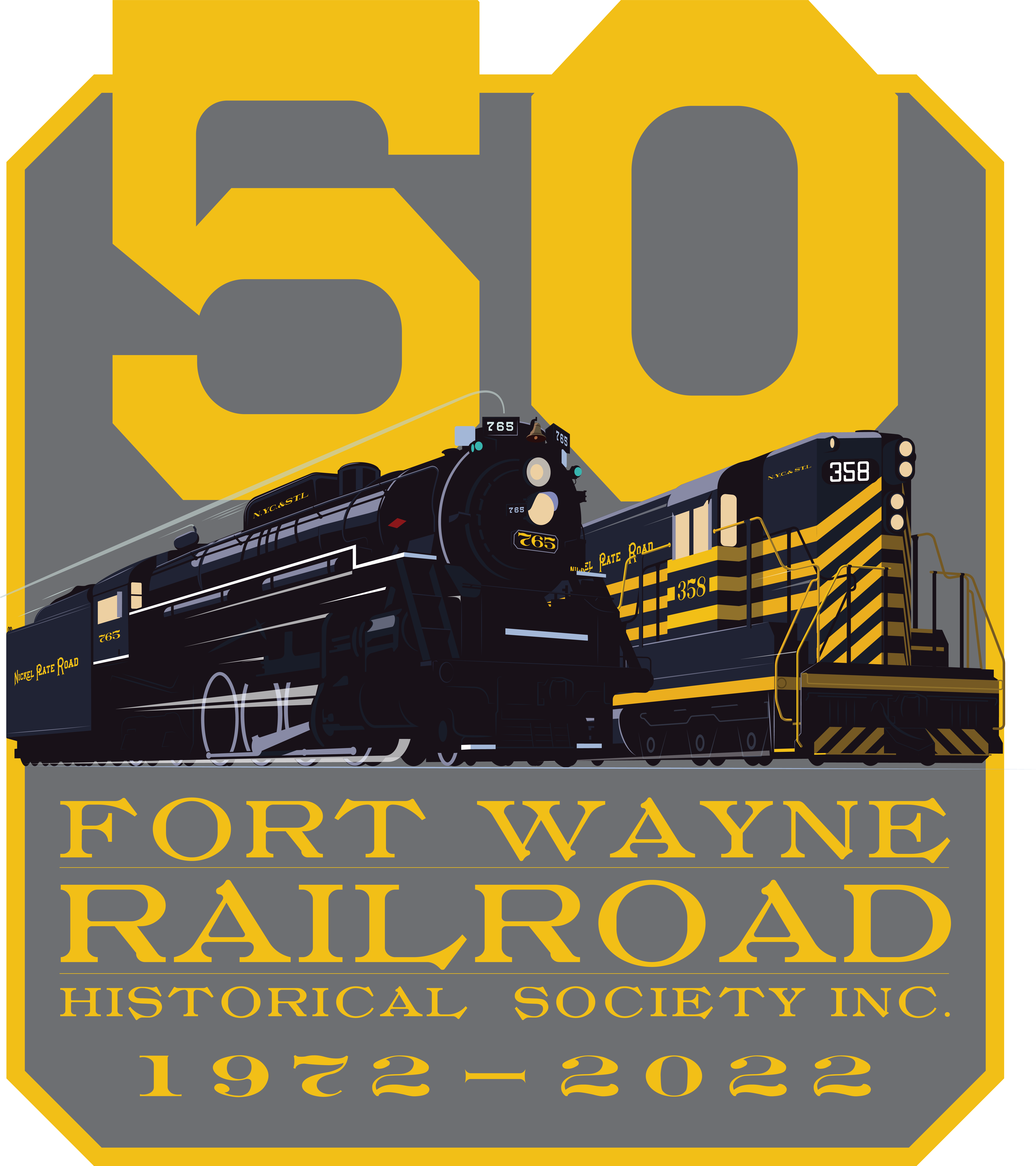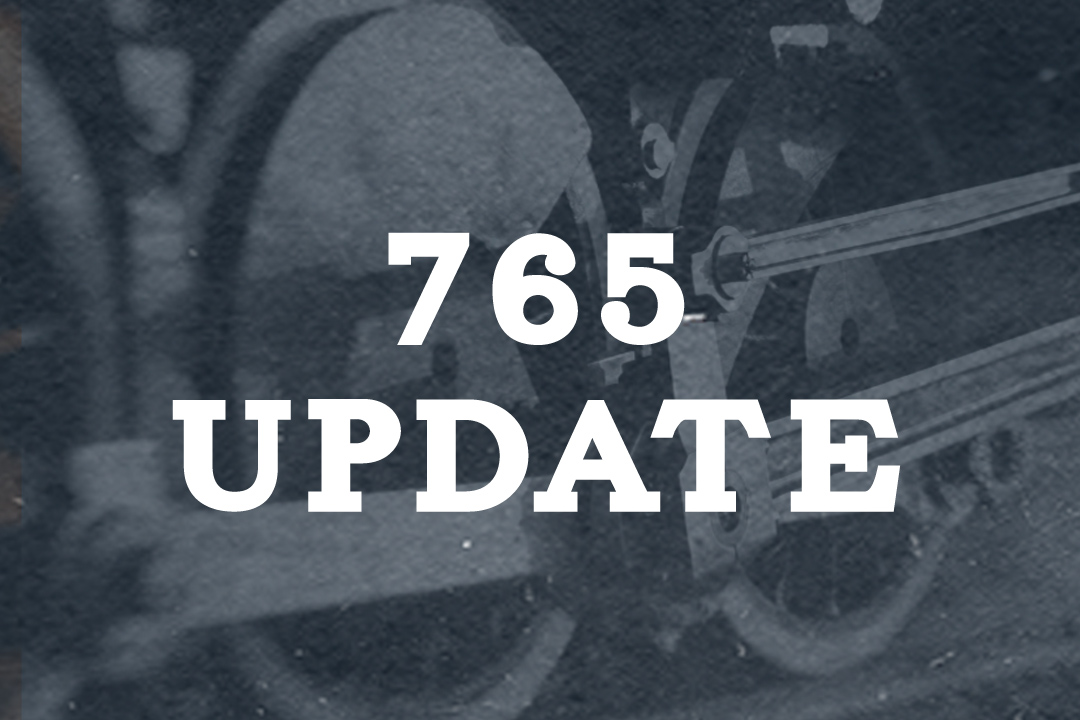Submitted by Steve Winicker
LAST WEEKENDS SHOP ACTIVITY
Monday was spent chasing projects. Wood was purchased for the Caboose restoration and a large casting was delivered to the machine shop for 534. I spent several days working with sorting bolts into the bolt bin a project that has been hanging fire since we finished the shop floor. Friday things picked up. While I continued to sort bolts, Rich Wolfgang came out and began work on the cupola of the Wabash caboose. Later Tim showed up and began needle gunning in the tender. He was later joined by Jeremy. Tom came out and worked on the Plymouth and 1231. Late afternoon Over the Top Construction arrived with what I am told was a tie inserter for Aaron. Later we spent some time pulling electrical cable into the 358.
Saturday there was a board meeting in the afternoon that cut into the accomplishments but provided needed direction. Rich W continued to work on repairing the cupola structure. Later with some assistance he removed the east end beam and took it and the new beam material home to work on. Tyler Kester and Nick Taylor worked on finishing the drilling of the staybolts in 765’s firebox. The staybolt tell tales are now all drilled to the bottom of the holes and blown out with air. Austin spent some time grinding excess material from finger grate castings to allow them to fit better in the firebox. Daniel delivered a load of 60 staybolts then went to work with Nick on making a support for the injector so it will be easier to work on. Later we mounted the injector on it. The fixture looks good and provides a solid platform for working on the injector. George and Brad worked on removing the west end beam from the Wabash caboose having success in removing the beam.
Sunday, I was back to putting away tools and sorting bolts. Others applied some rebuilt relays to the 358. I left early to work on this report.
UPCOMING ACTIVITIES
Next week we need to get serious about getting the tender cleaned out. Other small projects need to be worked on but that will be the main effort provided we have the necessary folks.
SAFETY SENSE
Forklift accidents tend to be very serious, involving both personal injury and damage to property. These accidents can be avoided if operators use some common sense and follow safe operating procedures. Do not operate a forklift until you have been properly trained and authorized to do so.
Here are a few common safety rules to follow during forklift operation…
· Use the seat belt. It will keep you secured in the seat in the unplanned event of a tip over.
· A parked forklift should have the forks flat on the floor with the controls set to neutral and with the parking brake set.
· A forklift is “unattended” if the operator is more than 25 feet away or if the forklift is out of the direct vision of the operator. Unattended forklifts should be parked with the power turned off.
· When operating the forklift on inclines, the load should always be on the uphill side of the incline. Drive forward going up the incline. Drive backward going down the incline.
· When traveling without a load on the forks, keep the forks approximately four to six inches off the floor.
· Never allow anyone to walk underneath a raised load.
· Stop at all blind corners to check for other traffic in the area. This includes other forklifts and pedestrians. Honk your horn and look before you proceed.
· If carrying a tall load that blocks your forward vision, drive in reverse and turn your head so you can see where you are going. Another option is to have a ‘pilot’ precede the forklift to assure there aren’t any obstacles or personnel in the path of travel.
· If operating around other forklifts maintain a three-forklift length distance between forklifts and never attempt passing.
· Never drive a forklift up to the back of a person who is unaware that the forklift is behind them.
Forklifts are excellent labor-saving devices. They save time and reduce the likelihood of injury associated with manual handling activities. Forklift safety is for everyone’s benefit.
SAFETY IS JOB 1
SAFETY FIRST ALWAYS


